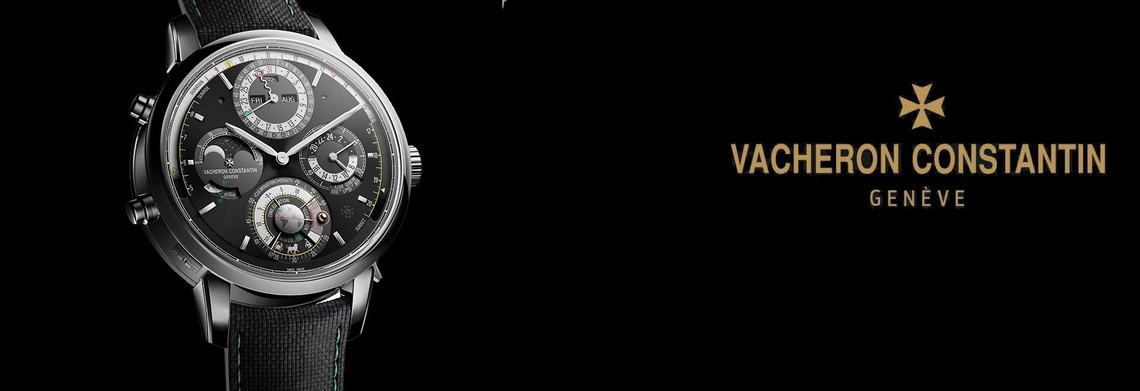Vacheron Constantin Métiers d’Art Tribute to great civilisations – Victoire de Samothrace
Functions
- Hours
- Minutes
- Day
- Date
Movement
- Self Winding/Automatic
- Poinçon de Genève (Hallmark of Geneva)
- Swiss Made
Case
- Round
- White Gold
- Polished
- 12.90mm
- 42.00mm
Glass
- Sapphire
Water resistance
- 3.00atm / 30.00m / 100.00ft
Buckle
- Pin Buckle
- White Gold
Strap
- Mississippiensis Alligator
- Brown
Year
- 2022
Official description
This Victoire de Samothrace, Niké in Greek, is a peerless masterpiece of Hellenistic sculpture, due to the virtuosity of its white Parian marble carving and the ingenuity of its construction, which depicts a goddess standing on the bow of a ship. The name of the sculptor is not known, but the technique is reminiscent of the figures in the Gigantomachy frieze adorning the Great Altar of Zeus in Pergamon (180-160 BC). These two works are the best illustrations of a movement of sculptures typical of the second century BC. The work must be seen in the context of the offerings made at the sanctuary on Samothrace. Whether humble or splendid, these offerings were made in considerable numbers during this period of struggles for the eastern Mediterranean in order to thank the benevolent gods in honour of a naval victory or a rescue at sea. This victory is most often associated with the battles of Side and Myonnesus on the coasts of Asia Minor in 190 and 189 BC. These two battles saw the kingdom of Pergamon, allied with the Rhodians and the Romans, triumph over its traditional enemies, the kingdoms of Antioch and Macedonia. The drapery of the statue, ruffled by the wind with a large flow of fabric falling in deep folds between the legs, represented a major difficulty for the engraver in charge of reproducing all its subtleties.
The centre of the main dial is enamelled in brown, a colour that is very difficult to achieve and required a mixture of rare enamels that are indeed no longer produced as well as six firings in the kiln. The periphery features grisaille enamelling depicting the decorative friezes taken from two Greek vases. These ceramic objects bearing red-painted geometrical figures feature various ornaments with foliage or geometric motifs, which are picked up on the dial. The latter is also surrounded by a gold frieze adorned using the line engraving technique, inspired by that of the Vase of Pergamon, a first century BC masterpiece of marble sculpted in bas-relief. The ancient Greek script engraved by metallisation on the sapphire crystal bearing the applied Victory is taken from a second AD votive stele discovered in Samothrace. This work is a list of Athenian initiates to the mysteries of the Great Gods of the island under the guidance of a certain Socrates – a name evoking the ageless glory of Greece masterfully celebrated by this Métiers d’Art Tribute to great civilisations – Victoire de Samothrace watch.



